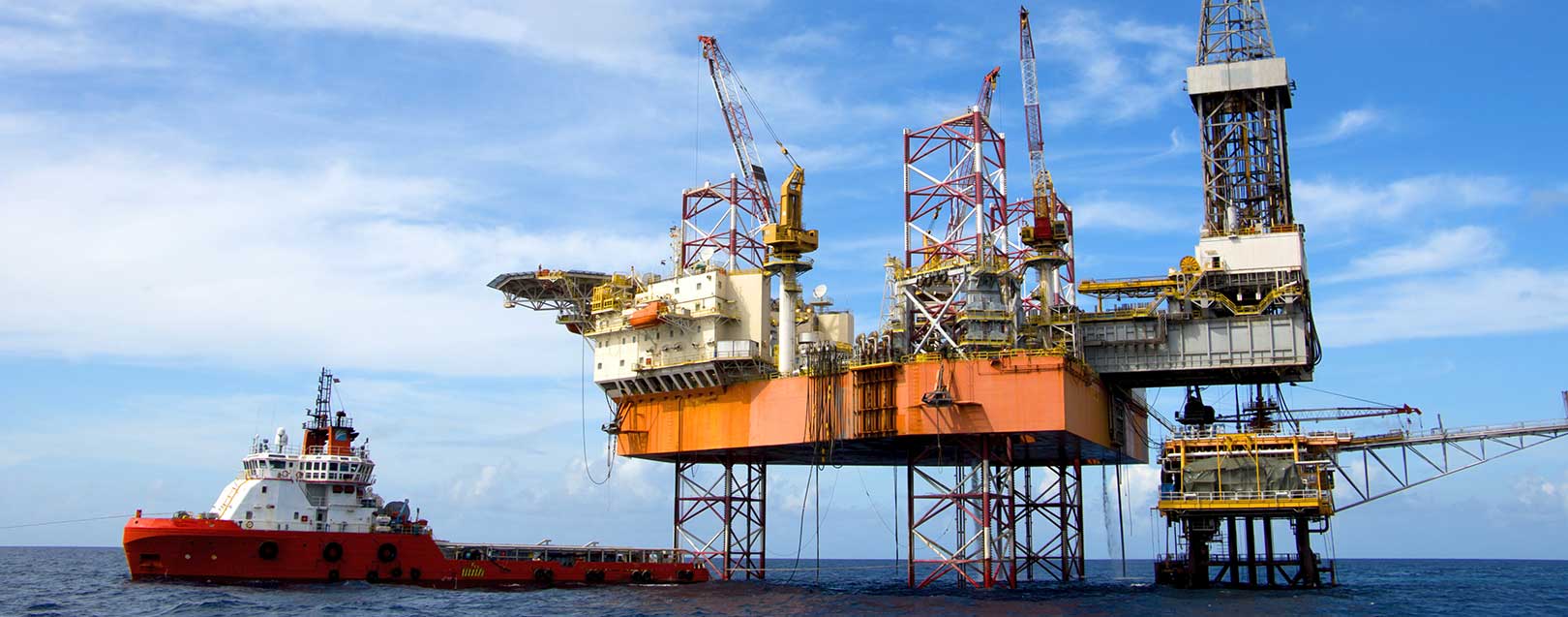
US oil production has gone up by over 10% since May 2016 to about 9.3 million bpd (the highest since August 2015), with oil inventories in US being at record level, at around 530 million barrels.
Manish K. Pandey | June 2017 Issue | The Dollar Business
It’s been over six months since the Organisation of the Petroleum Exporting Countries (OPEC; which controls roughly 43% of global production of crude oil and 80% of oil reserves) and some non-OPEC producers (11 non-members, including Russia, to be precise) decided to pursue “do whatever it takes” approach to end the global oil glut – while OPEC agreed to cut production by 1.2 million barrel per day (mbpd), non-OPECs decided to slash by 0.6 mbpd.
The decision was supposed to arrest the fall in global oil prices and lay the foundation for a bullish crude rally. [Crude oil price had hit $27.88 per barrel in January 2016, its lowest since 2003, and was on a roller coaster.] And it did, to an extent! Oil (Brent Crude) made a remarkable comeback to $57.10 per barrel (as on January 08, 2017) and it was assumed that it will soon breach the $60 per barrel mark making producers better off. But it never happened. On the contrary, it has been on a downhill journey since then.
Oil prices have seen a drastic fall in the past few weeks with both WTI and Brent now hovering around $54.7 and 51.8 per barrel mark. If experts are to be believed, crude oil prices are on their way down to the November 2016 lows of $42. And why not? Everything points out in that direction.
First, let’s admit that OPEC’s efforts to end the supply glut are not working. While the cartel has recently reassured its readiness to meet its commitment and hinted at the possibility of extending the cuts into the second half of the year (which also resulted in a spike in oil prices), the cut is way too small for a global market of 96 mbpd (about 35 billion barrel a year). How it can help in depleting the global oil reserves that stand at around 3.06 billion barrels (at the end of February 2017), which is 336 million barrels above the five-year average, is what still many experts are trying to figure out.
Meanwhile producers in US have doubled the number of rigs in operations over the last one year. According to a Goldman Sachs report, “since a low point in May 2016, US producers have added 387 oil rigs, growing about 123%.” Result: US oil production has gone up by over 10% since then to about 9.3 million bpd (the highest since August 2015), with oil inventories in US being at record level, at around 530 million barrels. What’s more? Uncle Sam doesn’t want to stop here. United States Energy Information Administration has already raised the US crude oil production forecast to an average 9.31 million barrels per day in 2017 and to 9.96 million barrels per day in 2018. That’s close to the levels of top oil producers like Russia and Saudi Arabia.
And then there are oil producers like Libya, Nigeria and Iran, where there are signs that production might be rising sustainably. In fact, according to International Energy Agency (IEA), “Libyan production has already reached 8,00,000 barrel per day (bpd) in May, the highest level since 2014, and any significant increase will clearly offset cutbacks by other OPEC and non-OPEC countries.”
Considering all this there is little hope that the oil glut will end anytime soon – not at least in 2017 and perhaps even in 2018. For, it’s about OPEC versus Uncle Sam now. And with Donald Trump at the helm of the affairs in US and the country already into the “drill, baby, drill!” mode, the world will continue to remain awash in oil. And it’s not hard to see why!
Get the latest resources, news and more...
By clicking "sign up" you agree to receive emails from The Dollar Business and accept our web terms of use and privacy and cookie policy.
Copyright @2024 The Dollar Business. All rights reserved.
Your Cookie Controls: This site uses cookies to improve user experience, and may offer tailored advertising and enable social media sharing. Wherever needed by applicable law, we will obtain your consent before we place any cookies on your device that are not strictly necessary for the functioning of our website. By clicking "Accept All Cookies", you agree to our use of cookies and acknowledge that you have read this website's updated Terms & Conditions, Disclaimer, Privacy and other policies, and agree to all of them.

